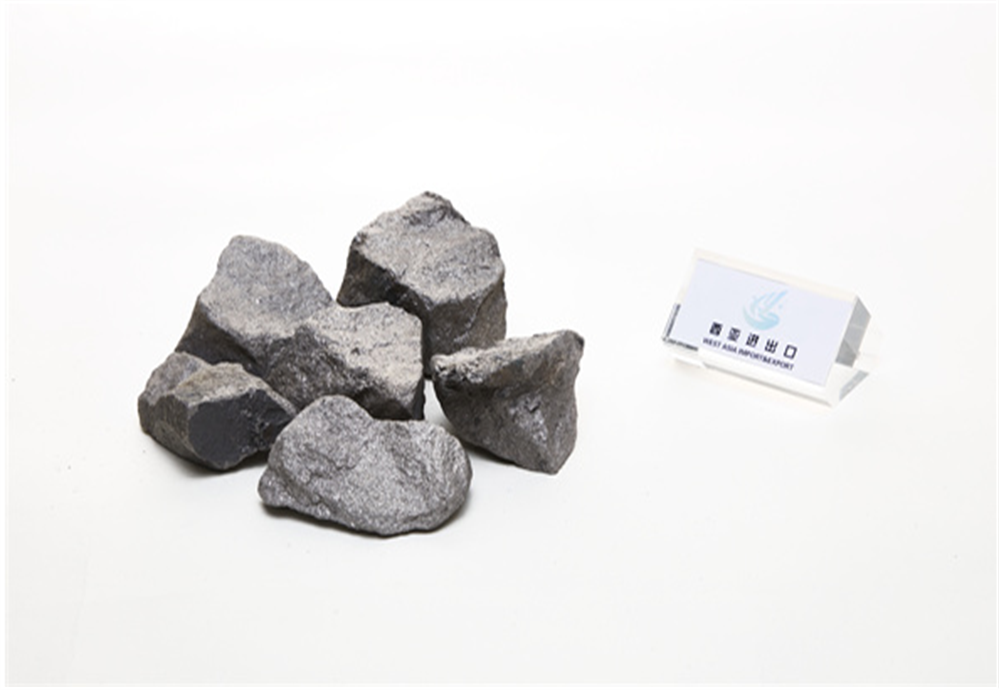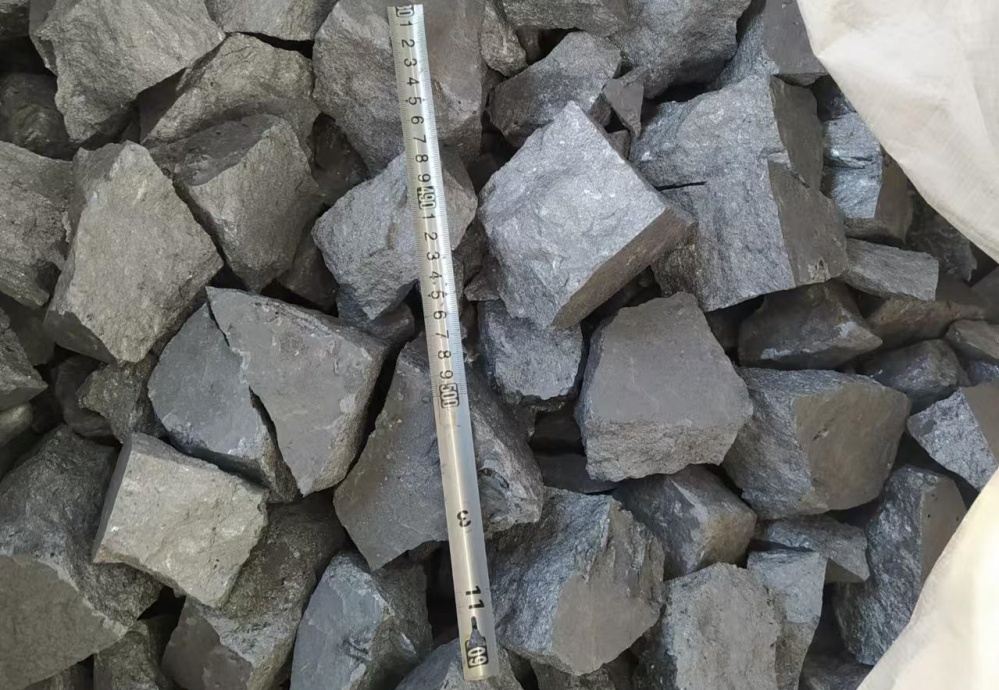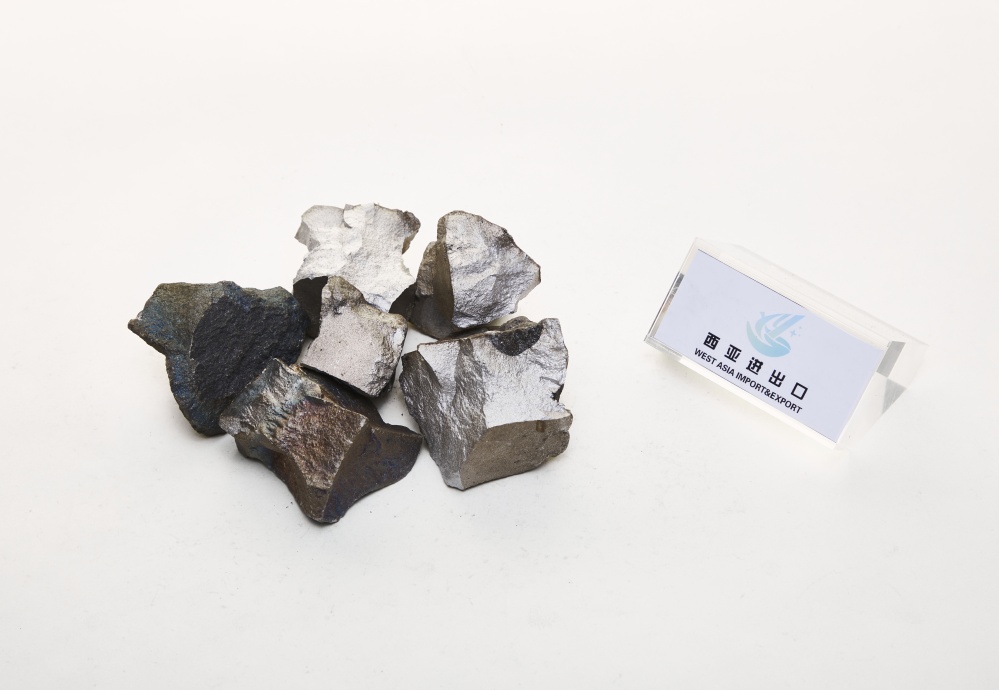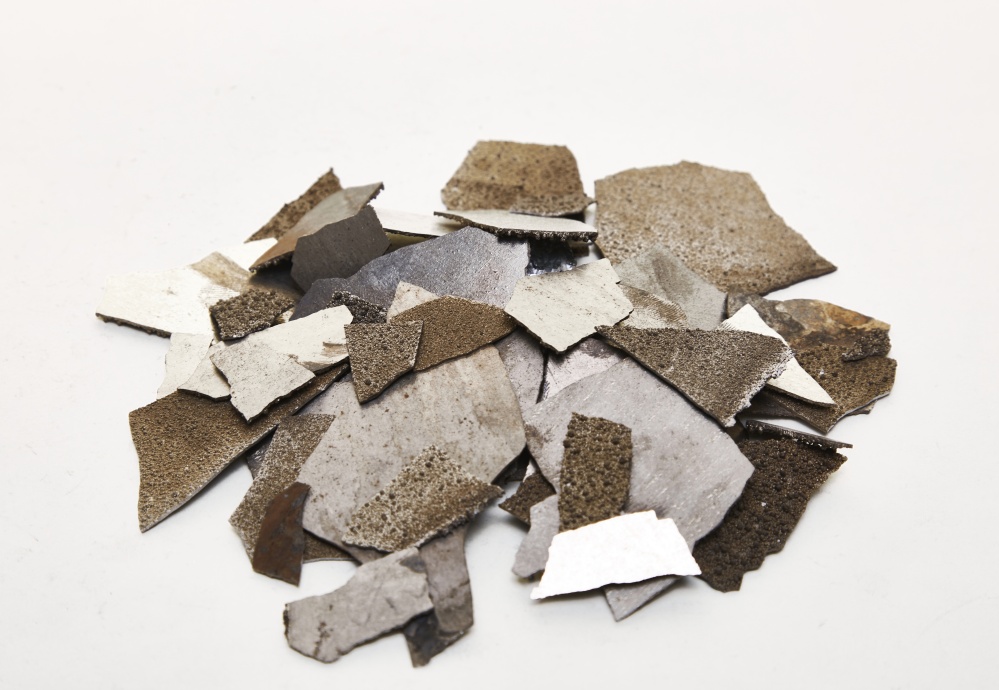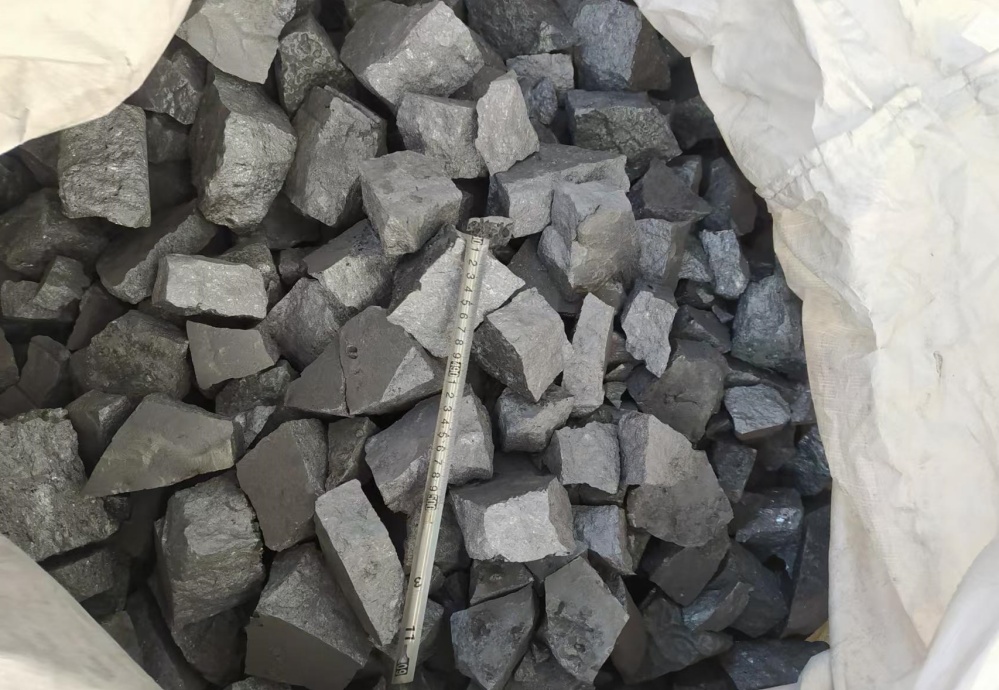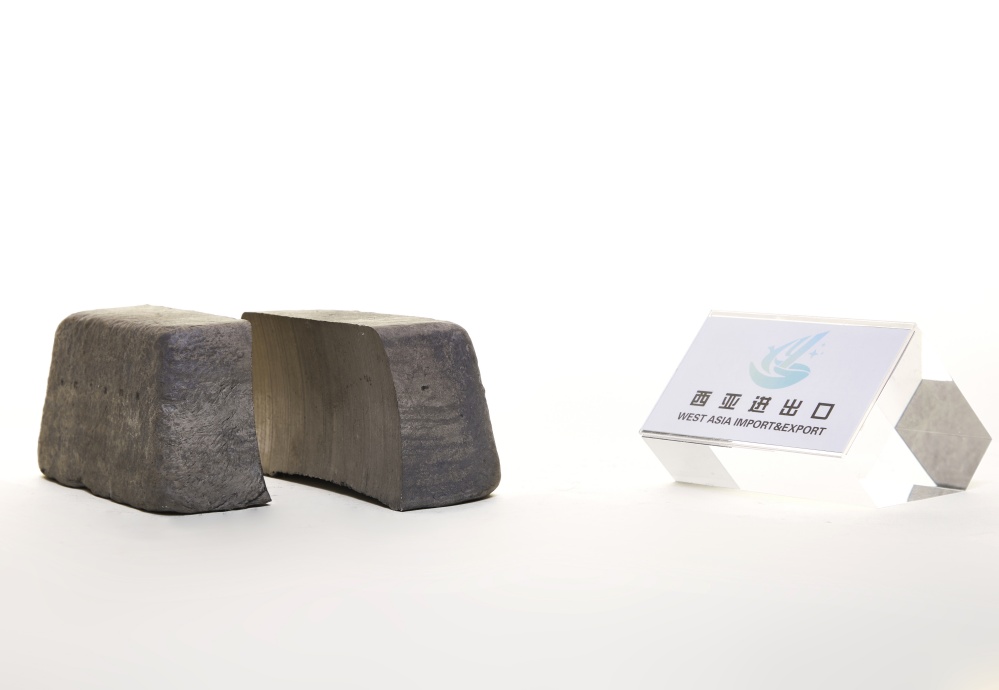Oversupply of ferroalloy downward probability is greater
Ferroalloy Chinese futures prices began to fall after the end of the National Day holiday. On October 20, the closing price of manganese silicon main contract 2312 fell 2.4% to 6842 yuan/ton. Ferrosilicon main contract 2312 closing price fell 2.58% to 7334 yuan/ton. In terms of varieties, the oversupply of manganese silicon is more serious, and the ferrosilicon is greatly affected by the price of thermal coal, and the supply is slightly oversupply. The oversupply of manganese silicon is becoming more obvious. According to statistics, in September, the comprehensive operating rate of 121 production enterprises in the country's manganese silicon production areas was 68.9%, an increase of 5.01%; The output was 1,036,572 tons, an increase of 1.66% from the previous quarter and 50% from the previous year. The average daily output was 34,552.4 tons, an increase of 5.05% from the previous quarter. Northern Inner Mongolia region due to maintenance and shutdown, the overall output slightly decreased, but the operating rate remains high, while Guizhou, Yunnan, Chongqing and other southern regions operating rate has increased, the average daily output has increased by 5%. From the demand level, the increase in steel production is small, and the construction steel production is low and volatile. Data from the National Bureau of Statistics showed that in August, China's steel bar production was 18.779 million tons, down 1.7% year-on-year. From January to August, China's steel bar production was 156.028 million tons, an increase of 1.9%. It is estimated that the monthly excess of manganese silicon is 200,000 tons to 300,000 tons, accounting for about 25% of the production of manganese silicon. In the case of no new purchase and storage plan, the downward pressure on manganese silicon prices in October is greater.
The main contradiction affecting the price trend of ferrosilicon is still energy and coal prices. From the perspective of comprehensive supply and demand of thermal coal, coal mine safety accidents occur frequently and safety inspections are more frequent, but October is the off-season for thermal coal, and prices may not rise significantly. If the policy side is dominated by the supply guarantee, the thermal coal price is expected to transition smoothly; If the safety inspection dominates, there is still the possibility of thermal coal going up in winter, driving the price of ferrosilicon to strengthen. In addition, in addition to the policy side affecting the price of thermal coal, the policy side may also affect the production of ferrosilicon, but from the current completion of energy consumption intensity in various provinces, it is unlikely that ferrosilicon will limit production. However, the possibility of steel production restriction is still large in the face of the policy, which will suppress the demand for ferroalloys.